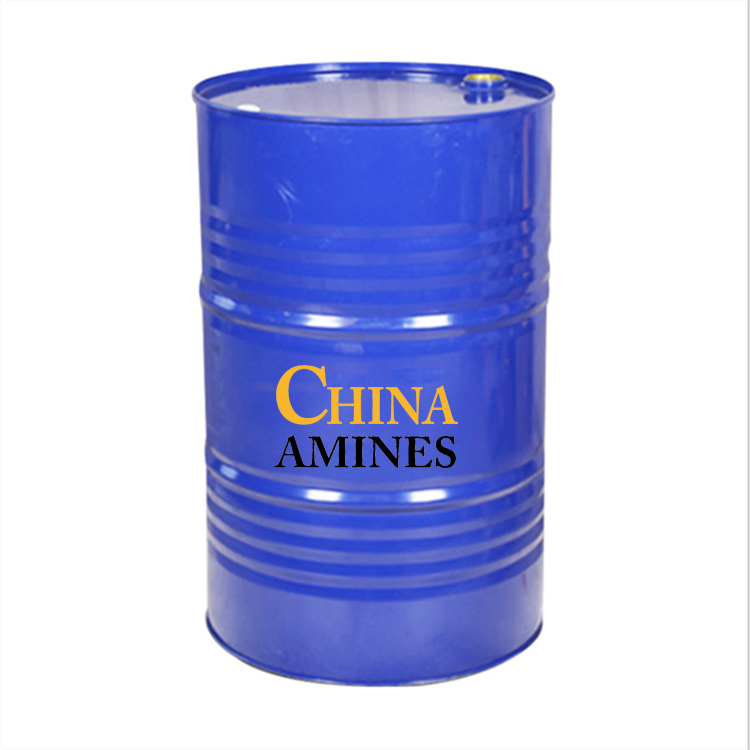1. Chemical Structure and Properties
Molecular Formula: C₈H₁₈O₃
Structural Formula:
HO-(CH₂CH₂O)₂-CH₂CH₂CH₂CH₃
A glycol ether featuring two ethylene oxide units linked to a butyl group, terminated by a hydroxyl group.
Physical Properties:
Appearance: Clear, colorless liquid with a mild ether-like odor.
Boiling Point: 230–235°C; Density: 0.95–0.97 g/cm³; Vapor Pressure: <0.1 mmHg at 25°C.
Solubility: Fully miscible with water, alcohols, and most organic solvents (e.g., acetone, ethyl acetate).
Chemical Properties:
Hydrolysis Stability: Stable under neutral conditions; hydrolyzes in strong acids/bases to ethylene glycol and butanol.
Thermal Stability: Decomposes above 250°C, releasing aldehydes and ethylene oxide.
Flammability: Combustible (flash point: ~85°C).
2. Industrial Applications
Coatings & Inks:
Coalescing Agent: Enhances film formation in waterborne paints, adhesives, and printing inks.
Solvent: Dissolves resins and plasticizers in industrial coatings.
Cleaning Products:
Heavy-Duty Degreaser: Removes oils, greases, and waxes in automotive, aerospace, and machinery cleaning.
Personal Care:
Emollient & Stabilizer: Used in cosmetics (e.g., creams, lotions) for moisture retention and texture improvement.
Chemical Synthesis:
Intermediate: Produces surfactants, plasticizers, and specialty esters.
3. Safety and Toxicology
Health Hazards:
Acute Exposure:
Skin Contact: Mild irritation (rabbit skin LD₅₀: >2,000 mg/kg); prolonged exposure may cause defatting.
Inhalation: Irritates respiratory tract (TLV-TWA: 25 ppm); dizziness at high concentrations.
Ingestion: Moderately toxic (oral LD₅₀ rat: 3,000 mg/kg); gastrointestinal distress.
Chronic Effects:
Reproductive Toxicity: Potential developmental toxicity in animal studies (EU CLP: Repr. 1B).
Organ Toxicity: Linked to liver and kidney damage in prolonged occupational exposure.
Protection Measures:
PPE: Nitrile gloves, vapor respirators, and explosion-proof ventilation.
Storage: Store in sealed, corrosion-resistant containers away from oxidizers.
4. Environmental and Regulatory Compliance
Environmental Impact:
Biodegradability: Moderate (OECD 301F: 50–70% in 28 days).
Aquatic Toxicity: LC₅₀ (fish, 96h): 100–200 mg/L; EC₅₀ (daphnia): 50–100 mg/L.
Bioaccumulation: Low (log Kow: ~0.5).
Regulatory Frameworks:
EU:
REACH: Restricted in consumer products (Annex XVII); CLP classified as Repr. 1B (H360D).
USA:
EPA: Regulated under TSCA; OSHA PEL: 25 ppm (8-hour TWA).
China:
GB 13690-2009: Classified as Hazardous Chemical (Class 6.1).
Waste Management:
Incinerate with VOC abatement; landfill disposal prohibited due to groundwater contamination risks.
5. Case Studies and Application Insights
Case 1: Eco-Friendly Automotive Coatings (PPG, 2023):
Challenge: Reduce VOC emissions in waterborne automotive primers.
Solution: Diethylene glycol monobutyl ether replaced 15% of traditional coalescing agents.
Result: Achieved 25% lower VOC emissions (ASTM D6886) and maintained film integrity (ASTM D3359).
Case 2: Sustainable Industrial Cleaners (Ecolab, 2022):
Process: Developed a bio-based degreaser using diethylene glycol monobutyl ether and plant-derived surfactants.
Impact: Reduced solvent waste by 40% and met EU Ecolabel standards.
Comparative Analysis:
DGBE vs. EGBE:
Pros: Lower bioaccumulation potential; better water solubility.
Cons: Higher reproductive toxicity and stricter regulatory constraints.
DGBE vs. Propylene Glycol Ethers (PGE):
Pros: Superior solvency for polar resins; reduced flammability.
Cons: PGE offers faster evaporation and lower chronic toxicity.
Specifications:
Diethylene glycol butyl ether (2-(2-butoxyethoxy)ethanol) is an organic compound, one of several glycol ether solvents. It is a colorless liquid with a low odour and high boiling point. It is mainly used as a solvent for paints and varnishes in the chemical industry, household detergents, brewing chemicals and textile processing.


